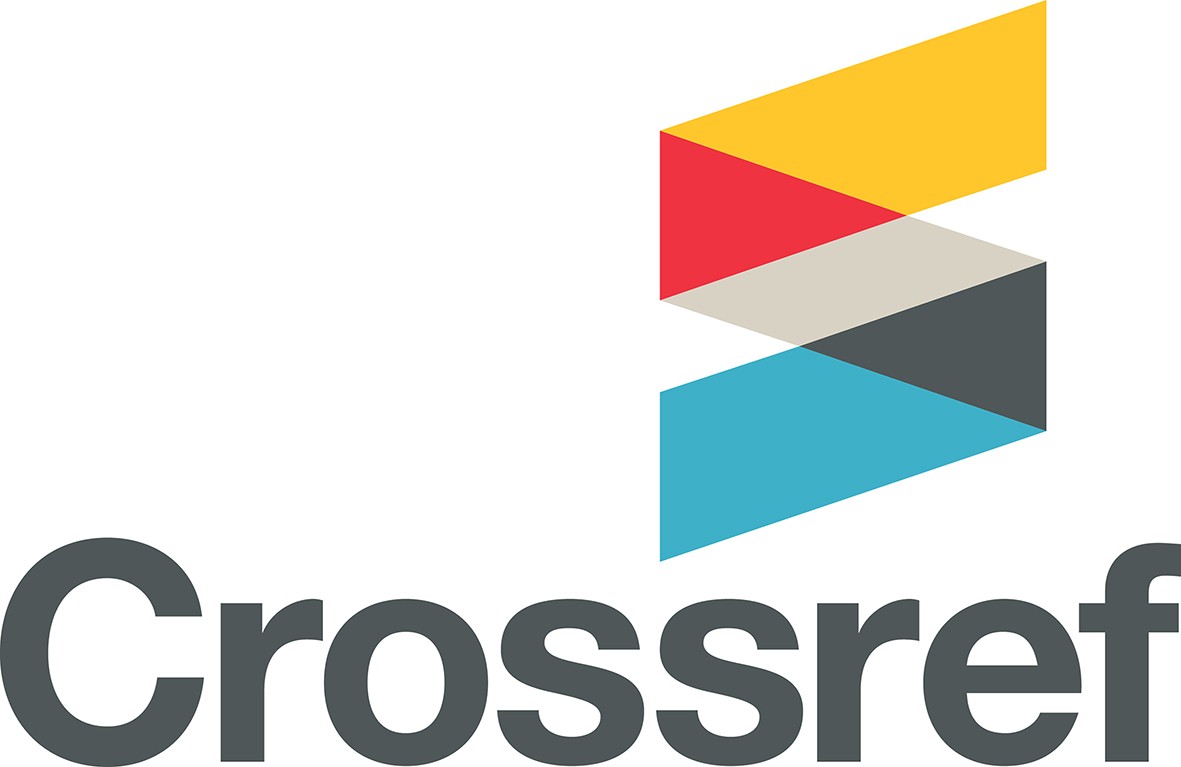Usage of Social Networking that Impact among the University Students
Keywords:
Facebook Usage in University Negative and Posative Impact of Facebook, Second-Sixth Term.Abstract
Facebook is a dynamic tool for teaching, seeking and learning in the 21st century and students are using such type of SNSs (Social Networking Sites) to communication for different purpose, now a day it is true that everyone meet and interact with each other with the help of SNS that change the life style of every one, no doubt that SNSs are most important communication tools to connect people to each other, especially for higher level of students using SN (Social Networking) for educational pursuit, but there seems that SN have also positive and negative impacts for educational purpose, from the different studies it have been found that mostly students are using Facebook for different purpose like as to communicate and connect with friends and family and also create Facebook class group to discusses for educational purpose. This research aimed to investigate impact of Facebook on student’s education, the limitation of this research is only students of QUEST (Quaid-e-Awam University of Engineering, Science & Technology) Nawabshah, Pakistan. In this research three major facets have selected that are Facebook engagement, self-esteem and time management from the help of these facts it is found that those students that have Facebook account they are mostly engaged on Facebook and give more time for online social activity that have negative impact on academic performance and the students social activity have measure through simply measure online tool and other data collected by research questioner survey.








